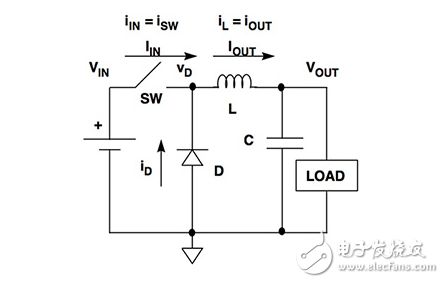
资料下载

开关稳压器连续与断续模式的区别及其重要原因
开关稳压器连续与断续模式的区别及其重要原因
开关DC-DC电压转换器(“开关稳压器”)提供了一些关键优势,线性稳压器。其中最主要的是效率和灵活性,开关稳压器可以升压(升压),降压(降压)和逆变电压轻松。现代模块化的芯片结构紧凑,可靠,并可从多个供应商(见文章“理解高新区的优势和缺点,为一个完整的线性稳压器”开关和线性稳压器的比较)。
然而,这种灵活性是以增加复杂性为代价的。对于一个熟悉线性调节器的优雅的工程师来说,设计一个基于开关器件的电源可以有点让人望而生畏。克服挑战的关键是了解什么是发生在里面的小芯片。

The most fundamental principle of the switching regulator’s operation is that it derives its voltage regulation from the high-frequency switching of a metal-oxide semiconductor field-effect transistor (MOSFET), controlled by pulse-width modulation (PWM), feeding its energy to an inductor. The inductor then acts as an energy reservoir supplying current during the period that the MOSFET is “OFF”。
Transistor switching is a clever method of regulating a voltage and results in a switching regulator exhibiting efficiency from 80 to 95 percent or even greater. The downside is the switching adds noise (ripple) to the voltage output and is responsible for introducing much of the complexity to the design process because it introduces electromagnetic interference (EMI) problems.
声明:本文内容及配图由入驻作者撰写或者入驻合作网站授权转载。文章观点仅代表作者本人,不代表电子发烧友网立场。文章及其配图仅供工程师学习之用,如有内容侵权或者其他违规问题,请联系本站处理。 举报投诉
- 相关下载
- 相关文章





